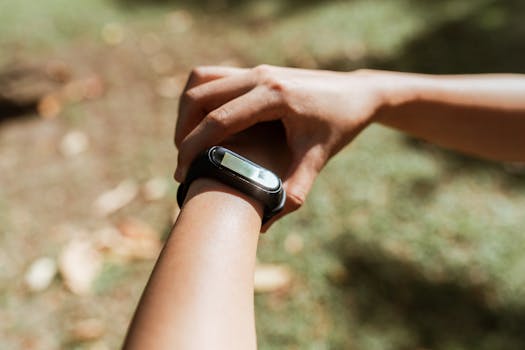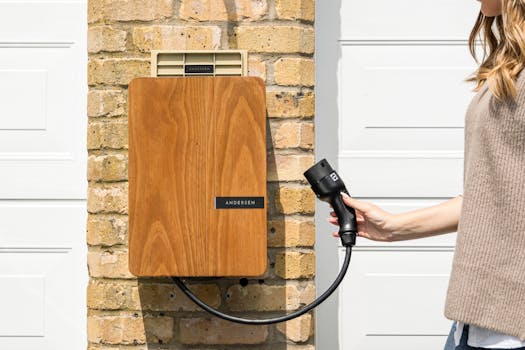
Table of Contents

1. Smart Home Devices

The rise of smart home devices has transformed the way we live, making our homes more efficient, secure, and convenient. From smart thermostats that learn our habits to security cameras that can be monitored from anywhere, these technologies are designed to enhance our daily routines. Devices such as the Amazon Echo or Google Nest Hub serve not only as smart assistants but also as central hubs that control various other smart devices in our homes.
Smart lighting systems, like Philips Hue, allow users to adjust lighting based on mood or time of day, promoting better sleep patterns and energy savings. Additionally, smart appliances, such as refrigerators that can create shopping lists or ovens that can be preheated remotely, streamline meal preparation and reduce food waste. These innovations not only improve convenience but also contribute to a more sustainable lifestyle.
2. Wearable Technology

Wearable technology has made significant strides in enhancing personal health and fitness. Devices like smartwatches and fitness trackers, such as the Fitbit and Apple Watch, monitor a range of health metrics, from heart rate and activity levels to sleep quality. This real-time data empowers users to make informed decisions about their health and wellness.
Advanced features such as ECG monitoring and blood oxygen saturation levels are now available in many wearables, providing users with insights that were previously only accessible through medical devices. These technologies not only encourage a more active lifestyle but also foster a proactive approach to health management, helping users to detect potential health issues early.
3. Health and Fitness Apps

In conjunction with wearables, health and fitness apps have surged in popularity, offering tailored workout plans, nutrition tracking, and mental wellness resources. Applications like MyFitnessPal and Strava help users track their dietary intake and physical activity, making it easier to set and achieve personal health goals.
Moreover, apps focused on mental health, such as Headspace and Calm, provide users with guided meditations, stress-relief techniques, and sleep aids. This integration of technology into our wellness routines underscores the holistic approach to health, emphasizing that physical and mental well-being are interconnected aspects of our lifestyle.
4. Sustainable Technology

As the world becomes increasingly aware of environmental issues, sustainable technology is emerging as a key player in improving our lifestyle. Innovations in solar energy, electric vehicles, and energy-efficient appliances are helping to reduce our carbon footprint while also saving money in the long run.
For instance, solar panels allow homeowners to harness renewable energy, significantly reducing their reliance on fossil fuels. Electric vehicles, on the other hand, provide a cleaner alternative to traditional gas-powered cars, promoting a more sustainable mode of transportation. Additionally, smart home technology can optimize energy use, reducing waste and lowering utility bills.
By adopting these sustainable technologies, individuals can contribute to a healthier planet while enjoying the benefits of reduced costs and enhanced efficiency in their daily lives.







